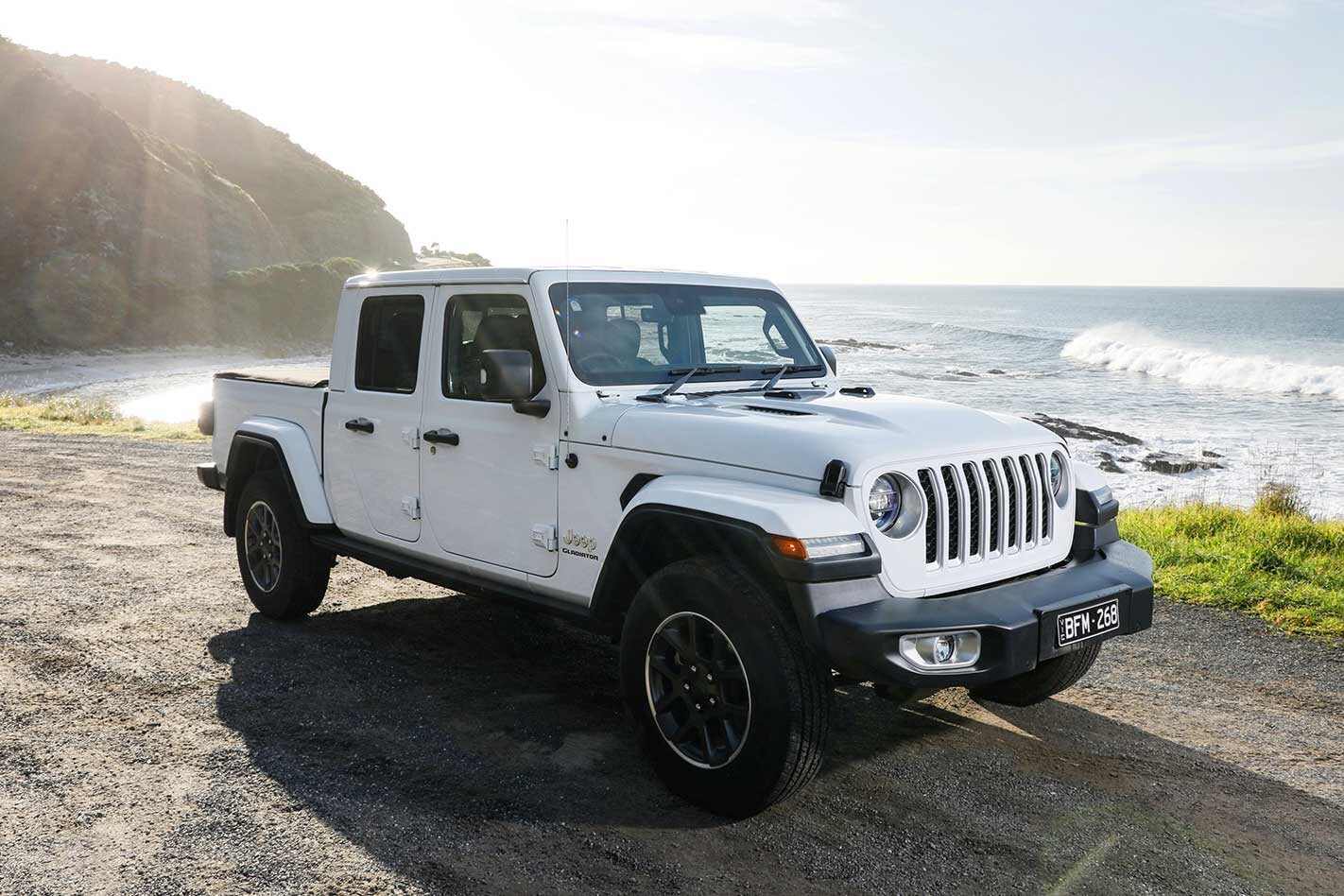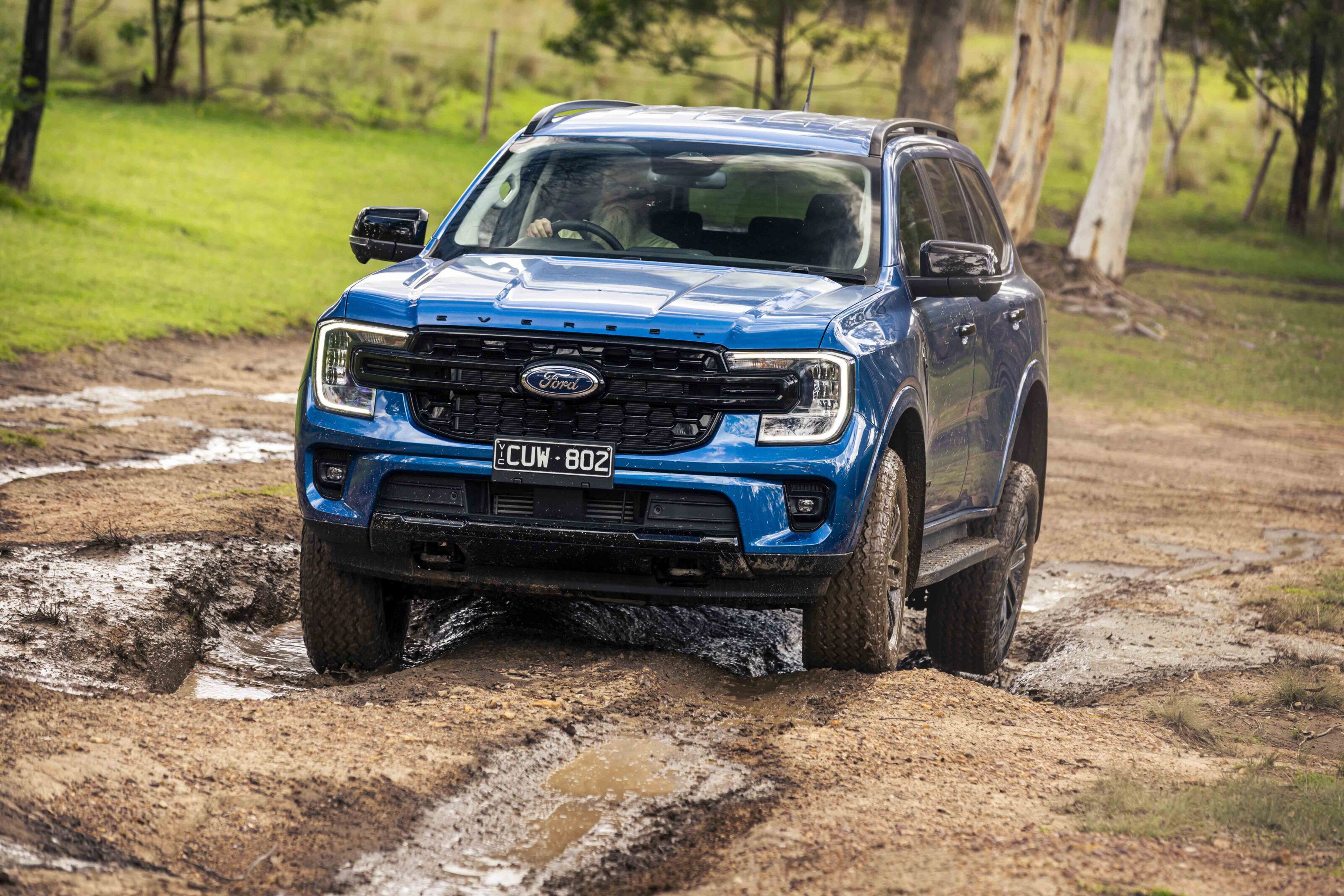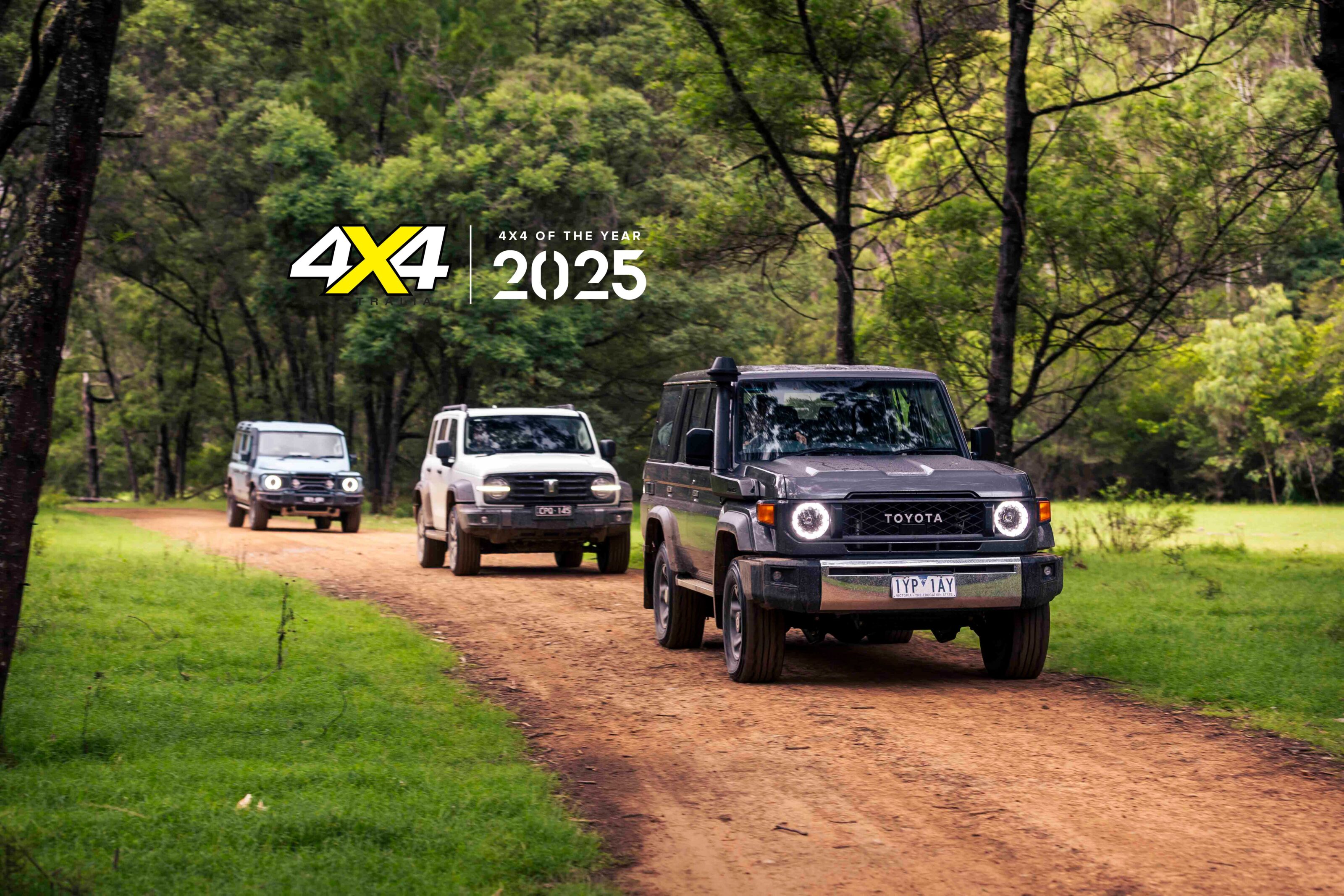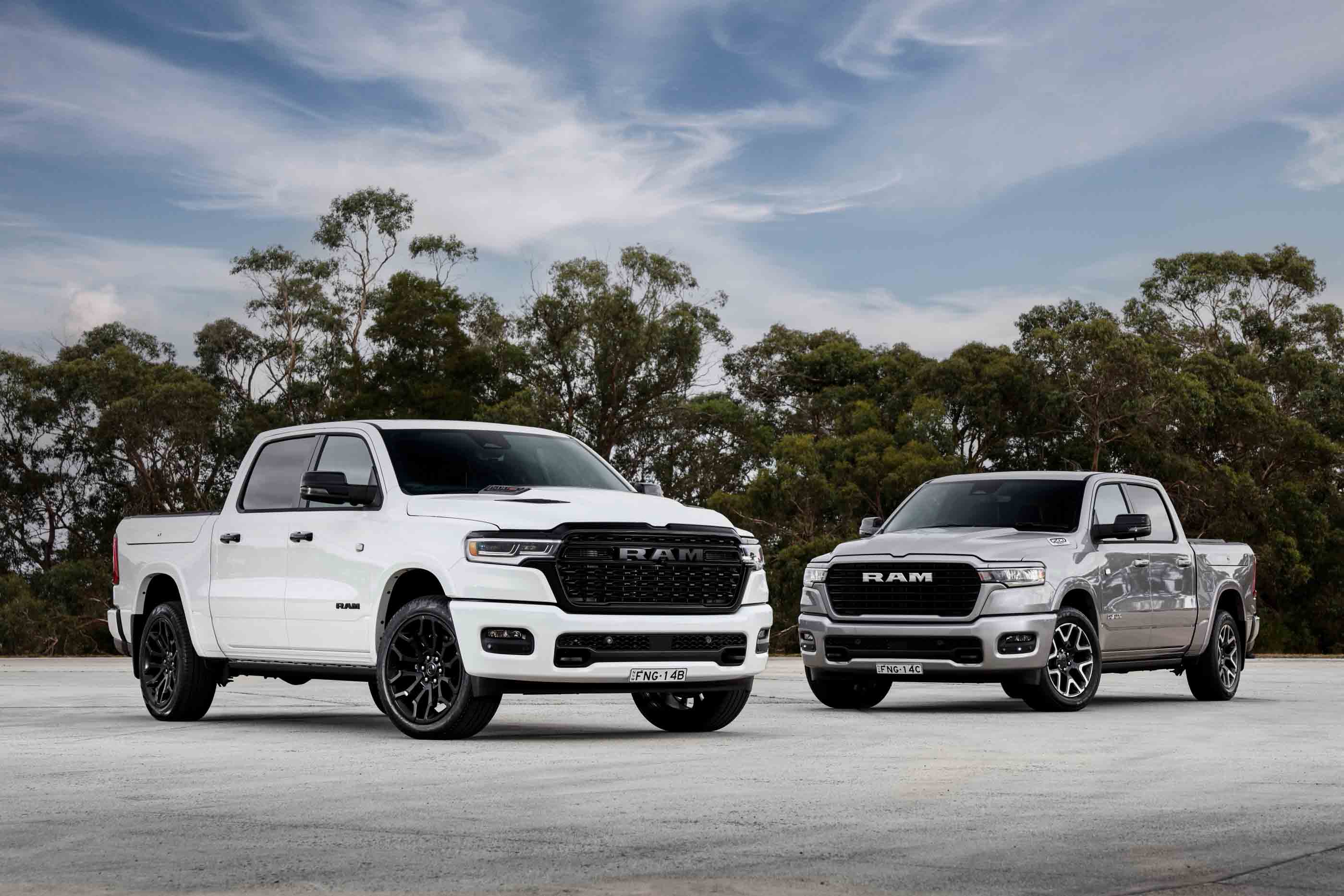THE long-awaited new Jeep pick-up truck has arrived in Australia and will initially be available in three specification levels including a ‘Launch Edition’, which is basically one with the lot and will be limited to just 100 units.
We’ve driven the JT Rubicon overseas, but our first taste of the ute on home soil was a brief stint in an Overland model.
While the Rubicon gets all the off-road kit such as front and rear locking diffs, extra low gearing, front sway-bar disconnect, Fox shocks and muddies, the Overland forgoes all that but adds heated leather seats, 18-inch alloys, and body-coloured roof and flares.
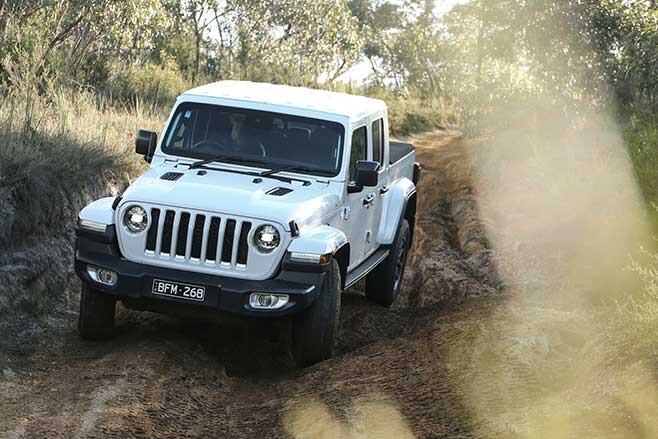
The Overland starts at $1000 less than the Rubicon, at $75,450, but you can lux-up your Rubicon with the leather seats and painted bits ($2535), or get the Launch Edition which has all the features of both at $86,450.
Our test Overland was fitted with the ‘Lifestyle Adventure Pack’, a $3850 option that adds a roll-up tonneau cover, cargo management with adjustable bed rails, spray-in bedliner, a lockable storage compartment beneath the rear seat, a removable Bluetooth speaker, an auxiliary switch panel with four switches for accessories, a 240-amp alternator, and a700-amp maintenance-free battery. Other accessory and dress-up packs are available from Jeep.
Australia gets the ‘international’ specification Jeep Gladiator just as it does with the JL Wrangler, and that means it comes with a transfer case that has 2WD, full-time 4×4, high range locked 4×4 and low range locked 4×4, as opposed to the traditional part-time 4×4 systems in the US models. The international spec also has smaller tyres than the US; 255/70 R18 on the Overland and 255/75 17s on the Rubicon and Launch edition models, while the Yanks get proper 33s on their Rubicon.
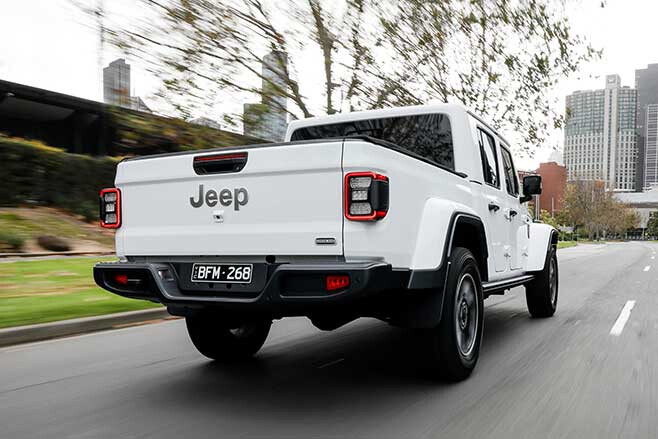
A lot of pundits have been quick to criticise the Jeep pick-up for its capacities and engine choice in a mid-size ute market full of diesel-engine-powered utes that can carry near-enough to a full tonne and tow 3500kg. Jeep has been forthcoming in saying up front that it is “not here to compete in the traditional ute market”. That the Gladiator is “a lifestyle vehicle and not a work truck”.
With that in mind you need to look at what the JT is more than what it is not. It’s a Jeep ute first and foremost. Wrangler owners will get what that means, but for the uninitiated it mans this is a vehicle that is built for off-road use. That means live axles on long-travel coils front and rear, which you won’t find on any other mid-size ute on the market.
The JT is the only ute available with a removable roof. The standard roof is a hardtop that is fully removable, or you can simply remove the panels above the front seat passengers for an open-air experience. A soft-top is available as a $3575 option, and the windscreen can be folded forwards down onto the bonnet. Even the doors are easily removable to let the elements in; try doing that on any of the other mid-size utes.
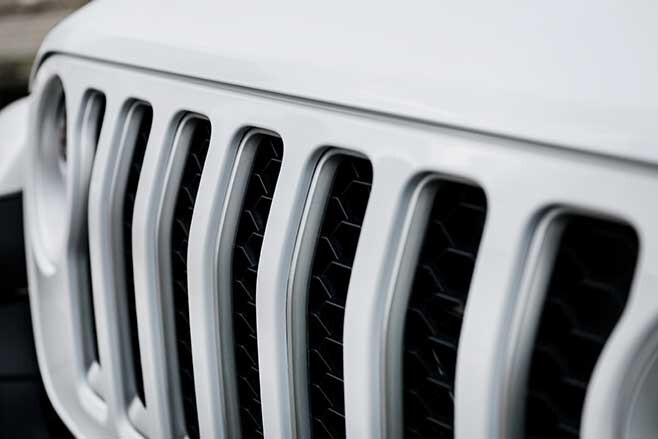
The Gladiator is only available here with a V6 petrol engine with an eight-speed auto transmission. There’s no manual or diesel engine offering, but this makes it the only mid-size ute available with a petrol engine. You have to step up to other American pick-ups for more petrol powertrains, as found in the left-to-right converted Ram 1500 and Chevrolet Silverado full-size rigs. The Jeep is factory built in right-hand drive.
If you think of the Gladiator in relation to the Wrangler, the JT adds more usability but comes at the expense of some of that off-road ability. While the massive cargo tub looks like it can be filled up with all that stuff you can’t fit in your JL, the maximum payload is just 627kg (Overland), and so it’s around the same as the Wrangler wagon. You need to be very mindful of any cargo accessories and people you carry in a Jeep, be it wagon or pick-up.
The other compromise is the rampover and departure angles, which are both less than that of a Wrangler. The extra wheelbase makes the truck ride nicer, but it grounds out easier under the belly and in the tail.
So the Gladiator isn’t as good off-road as a Wrangler, but it’s better than any other mid-size double-cab ute and has similar carrying capacity to its Jeep stable-mate, but it can’t match other mid-size utes for load or tow hauling.
DRIVE IMPRESSIONS
We didn’t have any load in the tray or on tow for this quick spin, but we did get it out to the Melbourne 4×4 Proving Ground for a bit of off-road use.
The familiar 3.6-litre V6 engine was its usual peppy and willing self, ably aided by the smooth-shifting auto. The Gladiator might only have a 2721kg towing rating, but I doubt this revvy petrol engine with only 347Nm would like to be hauling much more than that at any rate.
The Overland’s suspension feels soft and a bit vague on the highway and backroads; it certainly lacks the control of the Fox shocks equipped to US-Spec Rubicons we’ve driven in the past, so it will be interesting to drive the similarly equipped Rubicon here soon.
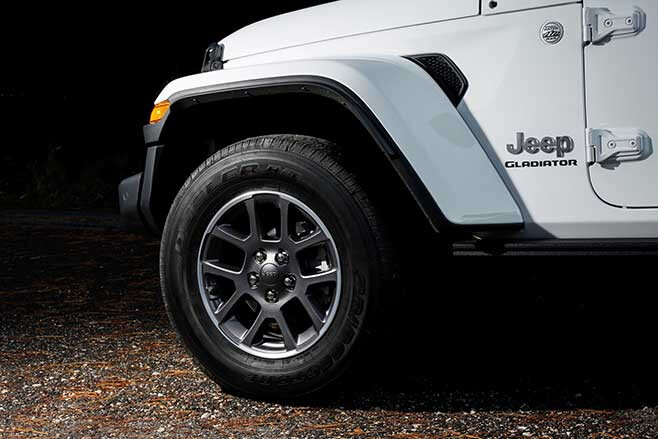
The soft suspension translates to a supple and comfortable ride on gravel roads and dirt tracks. While it doesn’t have the wheel articulation of the Rubicon model with its swaybar disconnected, the standard set-up is pretty good off-road. It certainly has more suspension travel than any of the more popular mid-size utes.
This makes the Gladiator a capable machine on uneven terrain, even without the Rubicon’s hardware. Electronic traction control helps in lieu of locking diffs, but the Overland scrabbled a bit for traction on our set piece melon-hole hill climb that is enough of a challenge to stop many other open-diffed utes.
The reduced rampover angle of the long wheelbase ute meant we grounded out the sliders when descending one particular step, but we managed to avoid clipping the tail.
INTERIOR
Anyone who has driven a JL Wrangler will be familiar with the interior of the JT Gladiator. In this Overland it’s very well-appointed and a nice place to ride. With its big centre screen, heated leather seats and full suite of features, the Overland is up there with the best appointed and equipped mid-size utes on the market, and priced accordingly.
If you’re coming from any other ute you’ll find the Jeep interior cramped at first, particularly around the pedals with the transmission hump infringing on your boot space. But it’s a cabin you get used to and, personally, I find it a comfortable and nice place to spend time. Lift off the roof panels on a sunny day and it delivers a truly unique driving experience.
The Gladiator’s rear seat is reasonably spacious and has enough leg- and head-room for my 185cm frame. It feels to have more space than the rear seat of a Wrangler.
FINAL THOUGHTS
The Gladiator is very much its own vehicle. It’s first and foremost a Jeep, and that makes it a lifestyle vehicle and not so much a workhorse. It also makes it hard to compare it to the familiar mid-size 4×4 utes that are so popular in Australia.
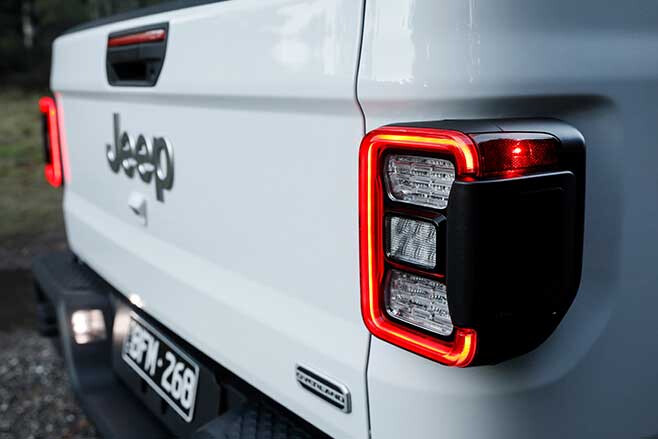
The Jeep lifestyle is one like no other, and if you want that in something more than just a Wrangler then the Gladiator could be for you. To get the full Jeep experience we’d say go for the Rubicon over the Overland, and you’ll get unrivalled off-road ability to set it apart from anything else off the showroom floor.
SPECS
Engine: Pentastar 3.6-litre V6 Max power: 209kW @ 6400rpm Max Torque: 347Nm @ 4100rpm Transmission: 8-speed automatic Transfer case: Selec-Trac with full-time and part time 4×4 and low range Crawl ratio: 47.79:1 Steering: Electro-hydraulic Suspension: live axles on links, coil springs, stabiliser bars (f/r) Tyres: 255/70-R18 Base weight: 2104kg Payload: 527kg Towing capacity: 2721kg GVM: 2631kg GCM: 5080kg ADR combined fuel use: 11.2L/100km Approach/ramp-over/departure angles: 40.7°; 18.4°; 25.1° Ground Clearance: 249mm Wading depth: 760mm


